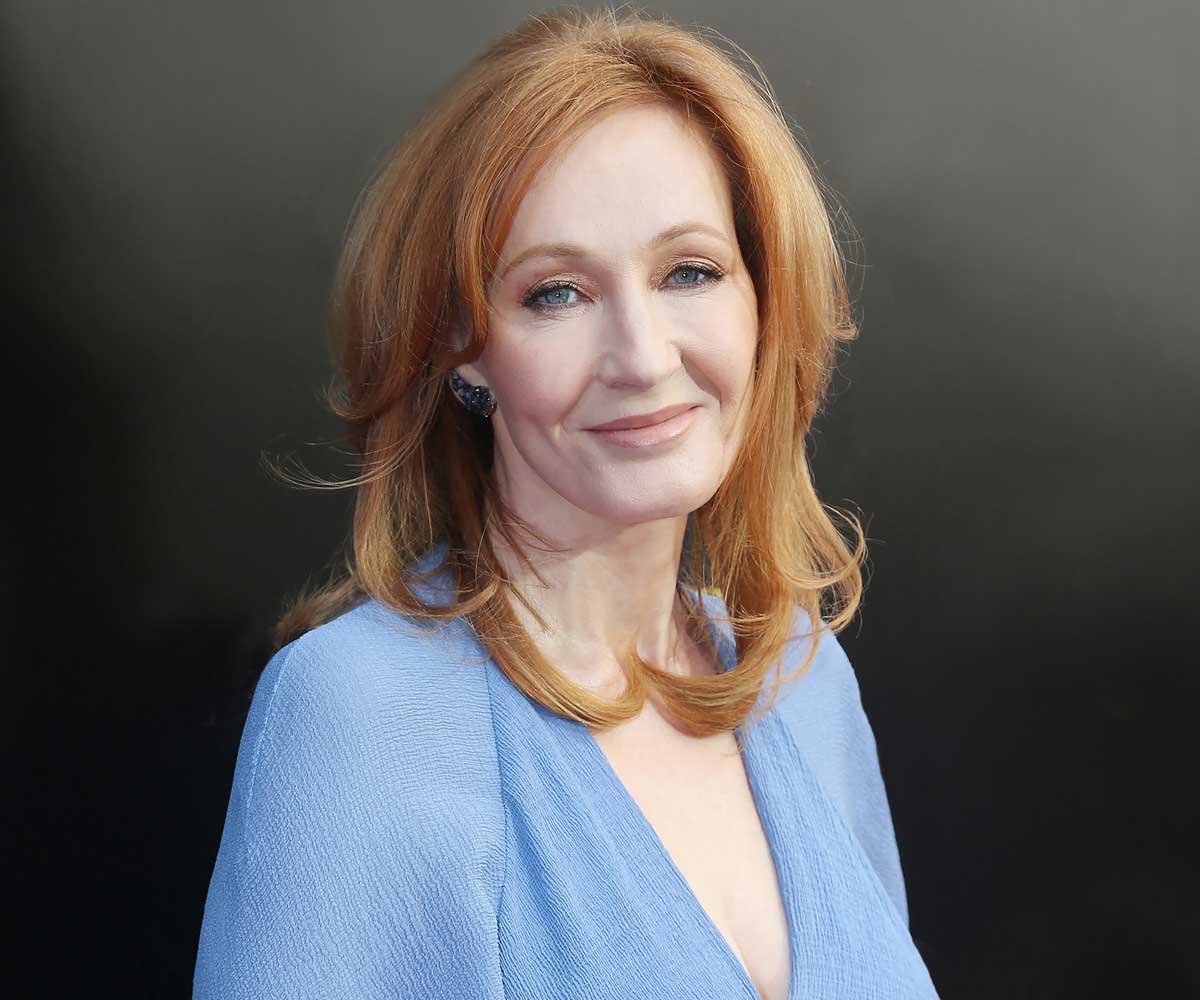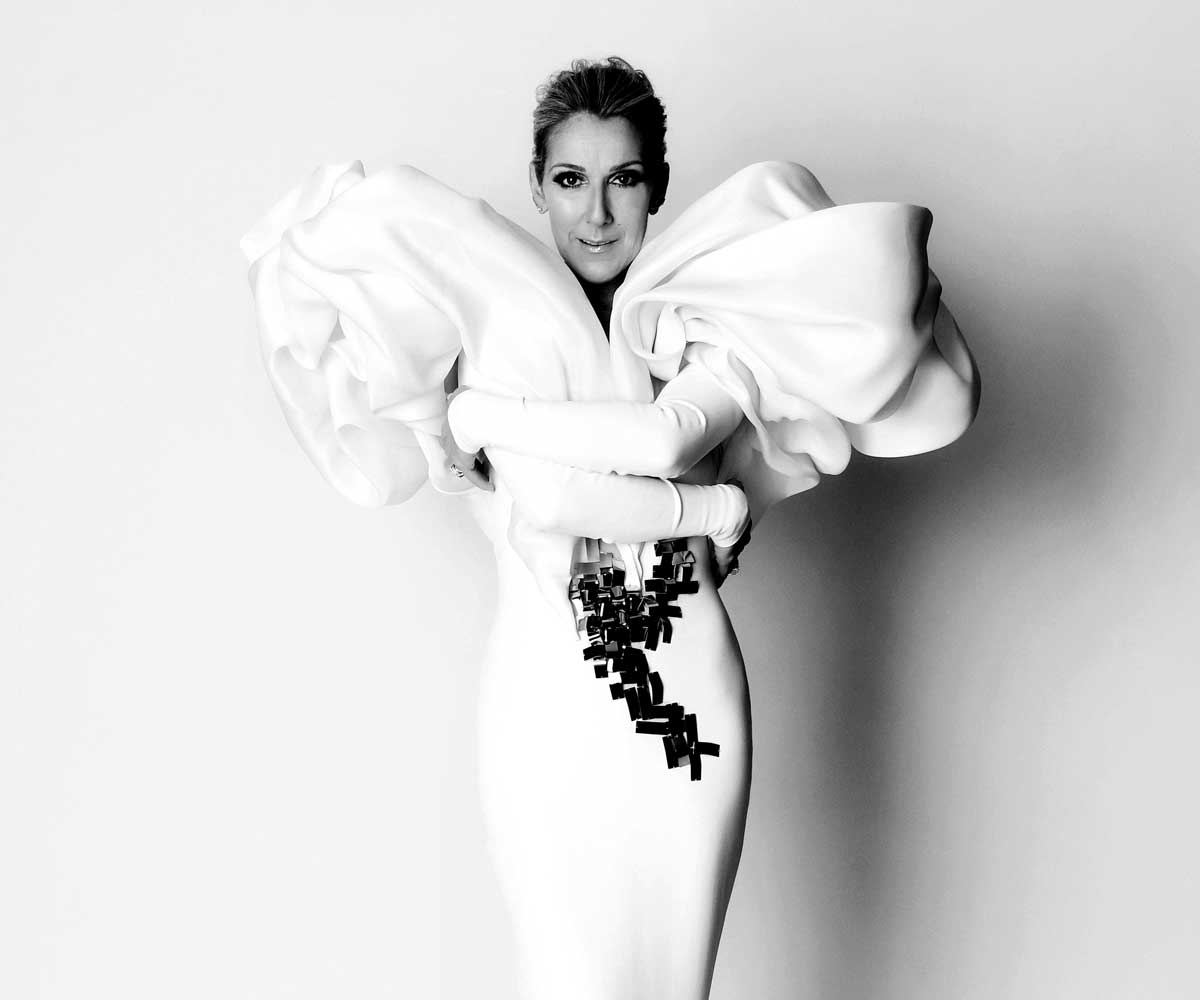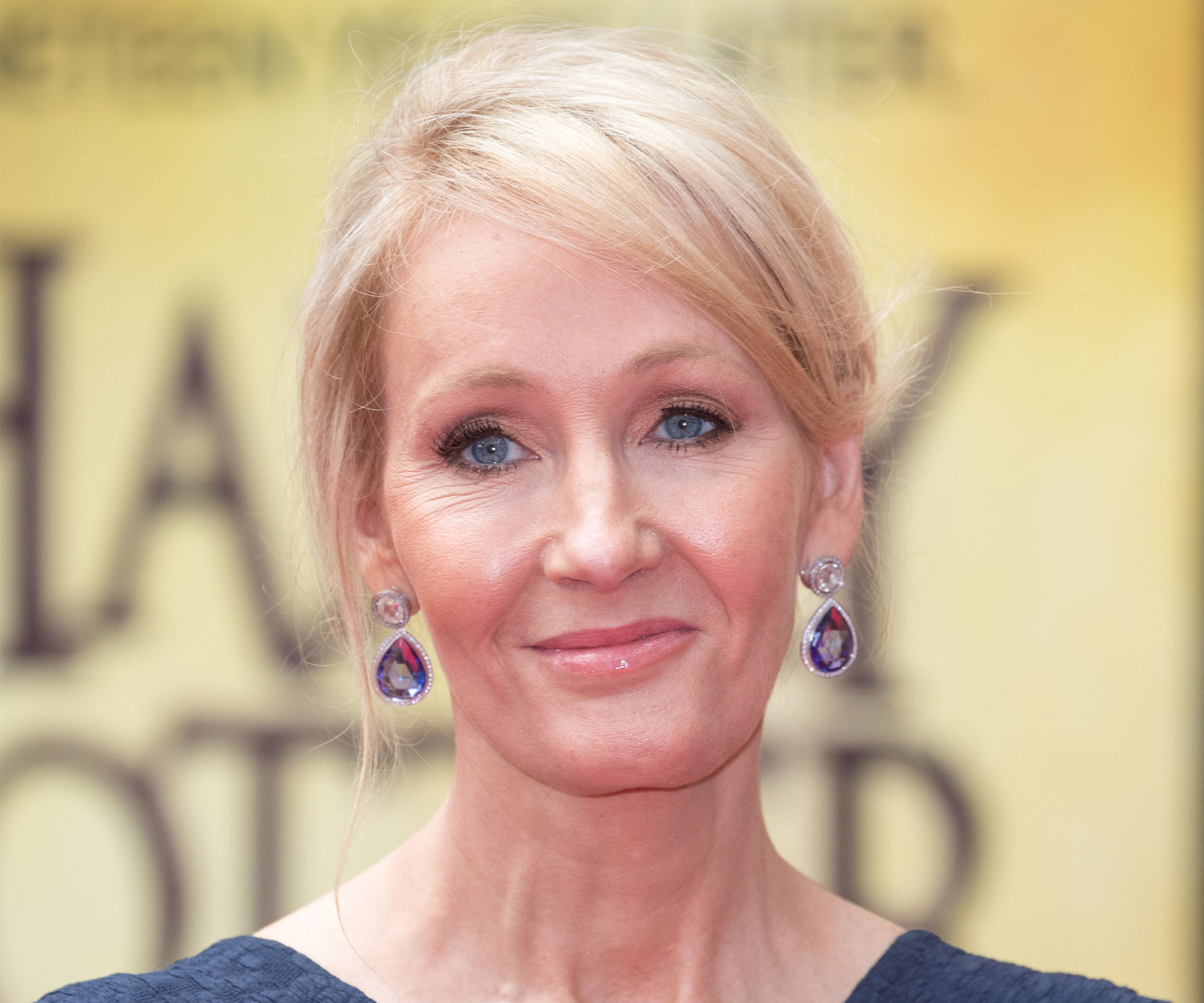It’s an 11-year-old boy who’s the star of the show in Harry Potter, but for author J.K. Rowling, her change of fate came in the hands of an eight-year-old girl called Alice. In the mid 1990s, the manuscript for Harry Potter and the Philosopher’s Stone had been passed around – and rejected – by all of the major publishing houses in the United Kingdom, with Joanne (J.K.’s first name) receiving no less than 12 rejection letters.
That was until a young, enthusiastic child got involved. Nigel Newton worked for Bloomsbury Publishing – then a small, relatively new company – and he had been handed a sample of the book to read, which he gave to his daughter to look at first.
“She came down from her room an hour later, glowing,” Newton has said, “saying, ‘Dad, this is so much better than anything else.’ She nagged and nagged me in the following months, wanting to see what came next.”

That was how Joanne, a struggling solo mum in her early 30s, got her foot in the door and finally became a published author. On the insistence of his daughter, Neil signed Joanne on. She was given a £1500 advance for the first book and told not to quit her day job, because it was very hard to make money writing books.
In 1997 a limited run of just 1000 copies was released to bookshops and libraries in the UK – so quickly produced that there was a typo on the back cover, with “Philosopher” misspelled (these copies are now worth £12,000 to £25,000 on eBay).
Five months later, Philosopher’s Stone picked up its first award: the Nestlé Smarties Book Prize, and then a few months after that came the big one: Children’s Book of the Year. Scholastic publishing picked up the United States book rights for a then unprecedented US$100,000 – and Joanne moved out of the one-bedroom flat she lived in with her daughter and bought an apartment.
The J.K. Rowling story has, in the hindsight of her immense success, become something of a modern fairytale – and like most fairytales, it contains its fair share of hardship.

It was in 1990, while on a train ride from Manchester to London, that the character of Harry Potter walked into her head – but the following few years were not the montage-friendly, rags-to-riches story that would fit in with a Hollywood movie.
Shortly after Joanne started working on Harry Potter in secret, her beloved mother died from multiple sclerosis – without ever knowing about her daughter’s book idea. Joanne moved to Portugal to teach English as a foreign language and met a Portuguese journalist, whom she married.
The union, she has described, was “short and really quite catastrophic”. She suffered a miscarriage before becoming pregnant with eldest daughter Jessica. The marriage ended after two years and Joanne moved to Edinburgh to be close to her sister. With a tiny baby in tow, surviving entirely on the benefit, Joanne became clinically depressed.

“I had failed on an epic scale,” she says.
“An exceptionally short-lived marriage had imploded, and I was jobless, a lone parent, and as poor as it is possible to be in modern Britain without being homeless. The fears that my parents had had for me, and that I had for myself, had both come to pass, and by every usual standard, I was the biggest failure I knew.”
But, in a strange way, she found it liberating. “Everything was stripped away – I’d made such a mess of things, but it was freeing. So I thought, ‘I want to write, I want to write a book. And what’s the worst that can happen – it gets turned down by every publisher in Britain? Big deal.'”
She wrote in local cafés, with her baby daughter sleeping in the pram next to her. This became such good PR for Edinburgh’s coffee scene that one café has a sign reading “J.K. Rowling never wrote here!” as a lightly sarcastic rebuttal to the claim to fame its competitors are using.
Not only did she write the full first book, she also wrote out an entire story plan for the seven-novel series, including the final chapters of the last book. She created an entire world, in the hopes that it would one day get to exist for her readers. And boy, did it pay off.

The backstory is important and worth repeating because it shaped the kind of public figure Joanne has become. Despite the fact that she is now one of the richest writers of all time, she has not forgotten what it was like to be a very poor woman trying to raise a child by herself.
In 2004, she made the Forbes Billionaire List – and then promptly dropped off it in 2012 because she had donated an estimated $160 million from her fortune.
It’s fair to say that almost all of what Joanne touches turns to gold – and we still have many, many more years of her talent before us. One of the authors she is often compared to is J.R.R. Tolkien, who wrote The Hobbit and subsequent Lord of the Rings series. He was 45 when The Hobbit was released in 1937, and 63 years old when his final LOTR book, The Return of the King, came out in 1955.
Joanne was just 32 when the first of her seven main books came out in 1997, and had the entire series wrapped a decade later (also having two more children during that time).
She’s been working tirelessly ever since, even though she could have retired many, many times over by the age of 42. When she turned 50 a couple of years ago, she was asked if the number bothered her and gave a surprisingly personal answer.
“My mother died at 45,” she says. “You’ve got to celebrate every year you’re here and in good health. What’s the alternative to ageing? It’s checking out. I still have children to raise, I still have books to write.”

In spite of the millions of dollars, her Scotland-based family still leads a fairly normal life. Joanne’s second husband, Neil, works as a doctor, and her three children – Jessica, 24, David, 15, and Mackenzie, 13 – have managed to avoid the spotlight almost completely.
In a way, so has Joanne. She rarely gives solo press interviews any more – she’s given only a handful in the past five years, these days preferring to communicate either through her website, Pottermore, or via Twitter.
While she has said in the past that she resents the label given to her of being a private, introverted writer – she is often referred to as being “Sphinx like” – it doesn’t appear far off. And maybe this is the ultimate thing money has given her: privacy. Privacy, and the ability to pick and choose what she does next.
“I carry [the Harry Potter] world around in my head all the time… I love that world,” she says. “But there are other worlds I want to live in too. To be perfectly honest, I just feel if I enjoy it, I’ll do it – and if I don’t, I won’t.”

It’s this rule of thumb that has seen Joanne pick and choose her next steps, including her move into adult fiction, starting with The Casual Vacancy in 2012, which dealt with the very un-Harry Potter world of small-town politics and had enough sex scenes to make her shift in audience very clear.
And then there are the crime novels: the 2013 release of The Cuckoo’s Calling by “first-time author” Robert Galbraith was critically well-received but barely registered beyond that until the author’s name was revealed as a pseudonym for J.K. Rowling, and then things went suitably bonkers.
Now it’s a crime fiction series – with a television adaptation to boot. But the biggest, brightest diamond in her crown is still undoubtedly Harry Potter – and the latest incarnation of that famous character, Harry Potter & the Cursed Child.
In 2015, it was announced that instead of the eighth book fans had been praying for, there would be a sequel – but it would be a stage show. Continuing on from the epilogue in the final book, where an adult Harry sends his son off for the first day of wizard school, the show looks at the life of Albus Potter and how he copes following in his famous father’s footsteps.

The cast for the West End production was announced and playing Hermione was veteran stage actress Noma Dumezweni. Born in Swaziland, her parents had fled apartheid in South Africa, moving around Africa before arriving in the UK as refugees.
The reaction to having – as it immediately became known – a “Black Hermione” caused a brief uproar, before Joanne herself descended from the gods (ie, tweeted about it) and told the world that Hermione had only ever been described as: “Brown eyes, frizzy hair and very clever. White skin was never specified. Rowling loves black Hermione.” When the stage show opened in London in 2017, ticket sales were record breaking.
The show recently started on Broadway in New York and picked up 10 Tony nominations (the theatre equivalent of the Oscars), with rave reviews across the board. While there are no plans yet for Cursed Child to come to New Zealand, we will be just one trans-Tasman flight away from it – Melbourne is the third lucky city to get the show, with it scheduled for early 2019.
The producers have also kept some ticket prices as reasonably low and family-friendly as they can – 250 tickets for each of the West End performances were less than $40.

Making children’s lives better is Joanne’s life work – whether through reading or theatre or her charity Lumos, which has the big and bold goal of trying to reduce the need for orphanages worldwide. Lumos – which in the Harry Potter world is the spell for creating light – works with governments to reform children’s institutions, such as orphanages, while also working with the country’s education system to make it more inclusive.
She started the charity after reading an article about a young boy being kept in a cage in an orphanage – the image was so shocking she was determined to do something there and then. The work of Lumos has also sought to end some of the myths around international orphanages. About 80 per cent of the eight million children in the world’s orphanages aren’t there because they have no family – they’re there for a mix of reasons, not limited to lack of education and poverty.
By reforming the school system and helping the whole community, the charity seeks to change the structure of who ends up in an orphanage – with the bold goal of eventually eliminating the need for such places.
“This is a solvable problem,” Joanne has said. “So many problems in the world are open-ended: ‘We hope we’ll find a cure, we hope we’ll find a solution.’ We know what the solution is here – we can make this happen. That’s not to say it’s easy, but if the will is here, we can change this.”

It’s indicative of another aspect of Joanne’s character that can often be overlooked: she is extremely political. Readers of Harry Potter will not be surprised by this – in the fifth book, Harry Potter and the Order of the Phoenix, Joanne wrote about a weak and ineffectual British Prime Minister, too afraid to ask questions of a bigger, darker power – a not-at-all-subtle response to Tony Blair’s bowing to US pressure to enter Iraq (but with far more wand talk).
In 2007, at a public event after the release of the seventh and final book in the Harry Potter series, Joanne surprised everyone by revealing that she had always believed one of the main characters was gay.
Dumbledore was a beloved character who acted as a stand-in father figure for Harry, and fans were surprised – and mostly overjoyed – at this detail.

As her career and platform has continued to increase, so has her outspoken attitude. And one of the main targets of Joanne’s Twitter wrath has been none other than a fellow Twitter warrior: US President Donald Trump.
Over the course of the past couple of years, she has been merciless in her criticism of Trump, calling him – amongst other things – “A giant orange Twitter egg”, fearing that his “teeny little fingers are within twitching distance of the nuclear codes”, and complaining when someone compared him to Harry Potter villain Voldemort by saying “Voldemort was never as bad”.
When American Trump fans tweeted Joanne to tell her they would be “burning her books” and movie products due to her left-leaning politics, she egged them on, saying: “Well, the fumes from the DVDs might be toxic and I’ve still got your money, so by all means borrow my lighter.”
The point is that – Twitter toxicity aside – she’s clearly having fun. In her 30s, Joanne went from being a starving artist and solo mother to a multi-millionaire, and in her 40s she became one of the most famous people in the world. Now, at 52, she has the ultimate freedom to do what she wants – and take no prisoners in doing so.


